Battle of Hampton Roads
Shortly after Virginia seceded from the Union in 1861, the Union Navy placed a blockade on Hampton Roads (the area where the James River flows into the Atlantic Ocean). This effectively left the Confederate capital at Richmond and the main Confederate Navy yard at Norfolk without ocean access.
To counter this blockade, the Confederate Navy at Norfolk began converting the old USS Merrimack into an ironclad, the CSS Virginia. When the Union Navy learned of this project (by way of some spies) they began work on their own ironclad as quickly as possible.
The arms race was on!
The USS Monitor was commissioned in New York Harbor on February 25, 1862. She was under the command of Lieutenant John L. Worden. Her crew never had a chance to take her for a test run to get used to the new ship, because they had to set off immediately to defend the blockade at Hampton Roads. They were racing to beat the Confederate ironclad CSS Virginia to the Roads. They were not successful.
The Virginia was completed on March 7, 1862, at Norfolk naval yard and set sail immediately for Hampton Roads. Under the command of Admiral Franklin Buchanan, she arrived the next day, March 8, and began to attack the Union blockade...
The First Day: Iron Beats Wood
As the Virginia made her way into the Roads, she made quite an impression according to her chief engineer H. Ashton Ramsay: "As we rounded into view the white-winged sailing craft that sprinkled the bay and long lines of tugs and small boats scurried to the far shore like chickens on the approach of a hovering hawk." However, the Admiral intended to inflict some real damage, and set about doing so immediately. After asking for the surrender of the USS Cumberland, and being denied, he headed the Virginia straight at her, and rammed her...
"There was an ominous pause, then a crash, shaking us all off our feet. The engines labored. The vessel was shaken in every fiber," was engineer Ramsay's description of that moment.
The Cumberland began to sink immediately, but her crew continued to fight valiantly (right) for at least forty minutes: "On the doomed ship Cumberland the battle raged with equal fury. The sanded deck was red and slippery with blood. Delirium seized the crew. They stripped to their trousers, kicked off their shoes, tied handkerchiefs about their heads, and fought and cheered as their ship sank beneath their feet. Then the order came, "All save who can." There was a scramble for the spar-deck and a rush overboard. The ship listed. The after pivot-gun broke loose and rushed down the decline like a furious animal, rolling over a man as it bounded overboard, leaving a mass of mangled flesh on deck."
Next, the Virginia turned her attention to the USS Congress. As she tried to escape, the Congress ran aground, but she did not immediately surrender. After exchanging cannon fire for a time, the Congress surrendered. The Confederates began to ferry prisoners and wounded off of the Congress, but Union shore batteries began firing on the Virginia. In retaliation, Admiral Buchanan gave this order, "Plug hot shot into her and don't leave her until she's afire. They must look after their own wounded, since they won't let us." This quote illustrates the old Civil War "brother against brother" cliche, since Buchanan knew his brother was serving as paymaster aboard the Congress at the time. His brother was un-wounded and swam safely to shore, but this story serves as just one stark reminder, among many, of how truly terrible this war was.
At this point, Buchanan was wounded in the groin, and the Virginia retired for the day. While she rested at anchor that evening, the USS Monitor slipped into harbor unnoticed and anchored beside the grounded USS Minnesota.
While the day had clearly established that entire fleet of wooden ships were no match for even a single ironclad, the next day would see a dawning of a new era in naval warfare: the first battle between two ironclad warships...
The Second Day: The Duel of The Ironclads
The next morning, the Virginia, now under the command of Buchanan's replacement Lieutenant Catesby ap Roger Jones, headed towards the Minnesota. Jones intended to try to sink her as well, but then the Monitor came forward to defend her.
The Monitor made directly for the Virginia in an effort to put some distance between the coming battle and the vulnerable Minnesota. Engineer Ramsay described the scene like this: "...a black object that looked like the historic description, "...a barrel-head afloat with a cheese-box on top of it," moved slowly out from under the Minnesota and boldly confronted us. It must be confessed that both ships were queer-looking craft, as grotesque to the eyes of the men of '62 as they would appear to those of the present generation."
The two new machines of war were now set to test one another...
Commander Wordon (on the Monitor) described his tactics thus:
"I had decided how I would fight her in advance. I would keep the Monitor moving in a circle just large enough to give time for loading the guns. At the point where the circle impinged upon the Merrimac our guns should be fired, and loaded while we were moving around the circuit. Evidently the Merrimac would return the compliment every time."
Engineer Ramsay (on the Virginia) described the battle as follows:
"And now the great fight was on, a fight the like of which the world had never seen...
We hovered about each other in spirals, gradually contracting the circuits until we were within point-blank range, but our shell glanced from the Monitor's turret just as hers did from our sloping sides. For two hours the cannonade continued without perceptible damage to either of the combatants."
The stalemate was finally broken when Commander Worden of the Monitor was blinded by a shot directly striking his viewing slot in the pilot house.
When this happened, the Monitor immediately sheared away from the battle as the crew moved the injured Commander away from the pilot house. His second in command, Lieutenant Samuel Dana Greene, eventually took command and tried to reengage the battle, but it took some time for this to transpire...
Who Won?
Meanwhile, aboard the Virginia they believed that the Monitor was quitting, and that they had won the battle. With the tide gone out and the Minnesota once more out of reach, Lieutenant Jones decided to take the Virginia back home for repairs and to resupply. When Greene finally got things under control and had his ship headed back for more, the Confederate ship was already heading home. This made it appear to those aboard the Monitor that the Virginia had quit, and that they had won the battle. Since he had orders to protect the Union blockade, and not to risk his ship, Greene headed back to the Minnesota...
Therefore, both sides believed they had carried the day and celebrated accordingly:
|
"The report will be read with deep interest, and its details will not fail to rouse the ardor and nerve the arms of our gallant seamen. It will be remembered that the Virginia was a novelty in naval architecture, wholly unlike any ship that ever floated; that her heaviest guns were equal novelties in ordnance; that her motive power and obedience to her helm were untried, and her officers and crew strangers, comparatively, to the ship and to each other; and yet, under all these disadvantages, the dashing courage and consummate professional ability of Flag Officer Buchanan and his associates achieved the most remarkable victory which naval annals record." -Confederate Secretary of the Navy Stephan Mallory, to President Jefferson Davis. |
"Resolved . . . That the thanks of Congress and the American people are due and are hereby tendered to Lieutenant J. L. Worden, of the United States Navy, and to the officers and men of the ironclad gunboat Monitor, under his command, for the skill and gallantry exhibited by them in the remarkable battle between the Monitor and the rebel ironclad steamer Merrimack." -Official resolution of US Congress, thanking Commander Worden and the crew of the USS Monitor for defeating the CSS Virginia (Merrimack). |
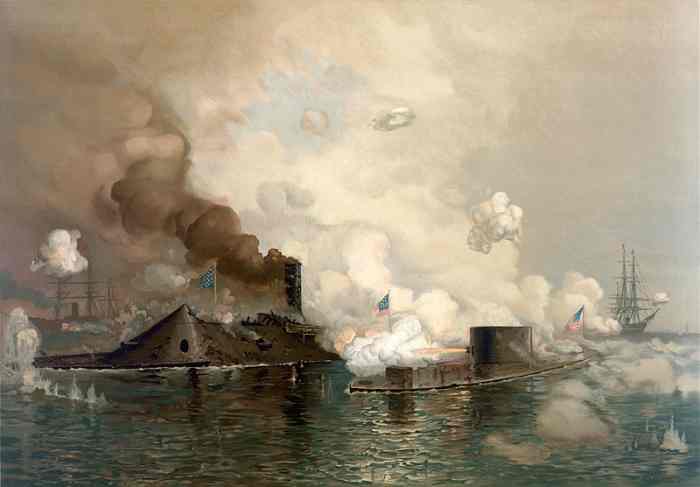

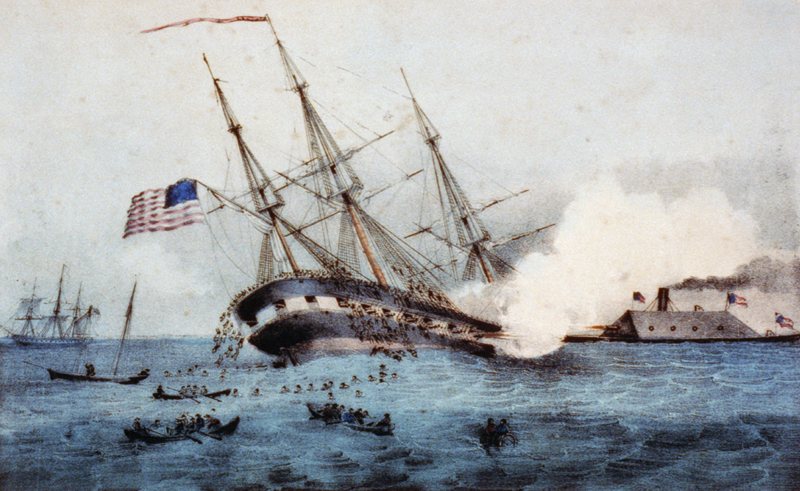
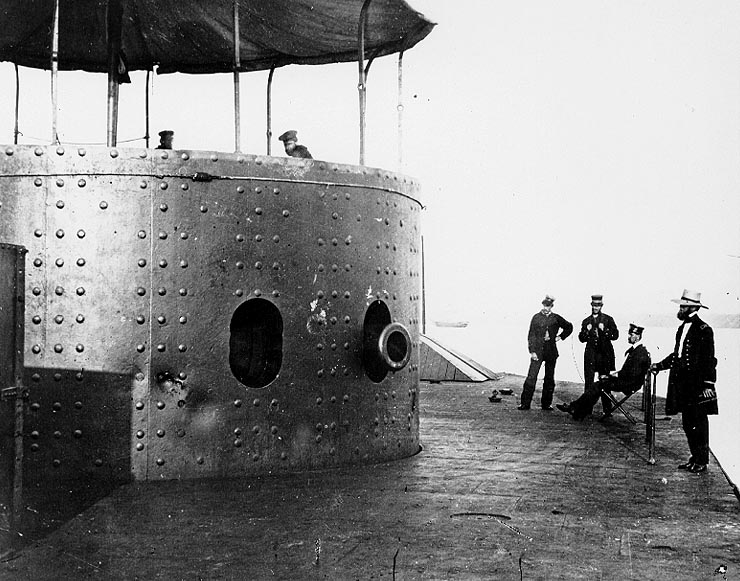





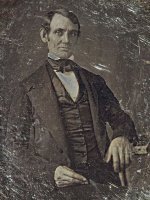
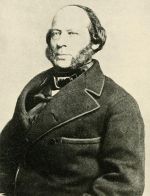
New! Comments
Have your say about what you just read! Leave me a comment in the box below.